
-
North American hardwood species are valued for their natural warmth, versatility and beauty. Just as no two trees are alike, no two pieces of wood are alike. Because of this, it's likely that you will see variations in grain and color throughout your cabinetry.
| Maple: A stiff, strong, heavy wood with a tight, uniform grain pattern and a smooth surface. Characteristics include burled grain, pin knots, and caramelizing. Maple varies in color from nearly white to yellow, pink, light purple and slightly reddish brown. |
 |
| Cherry: Moderate in hardness, weight, and strength, Cherry has a fine to medium grain pattern and a relatively smooth surface. Characteristics include gum spots, pin knots, and sapwood. Colors vary from off-white to light red to dark, reddish brown. |
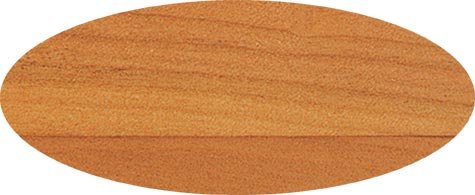 |
| Alder: A moderately light and slightly soft hardwood, with a smooth surface and very little grain showing. Alder may display pin knots, grain "fuzz" and mineral streaks. May vary in color from very white to tan and pale, pinkish brown. |
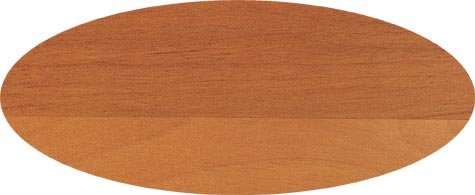 |
| Hickory: Very heavy, hard and dense, Hickory offers a bold, prominent grain pattern and burls, water stains, and sound knots. Colors often vary strongly in the same board from nearly white to dark brown. |
 |
| Oak: Red Oak is a dense, heavy wood that is very hard, with an open grain pattern and textured surface. Many characteristics show, including mineral streaks, ray flecks, and pin knots or closed knots. |
 |
| Rustic Maple: Offering the same properties as Maple, Rustic Maple cabinetry will show a random blend of the common, naturally-occuring characteristics and colors throughout a room's cabinetry. |
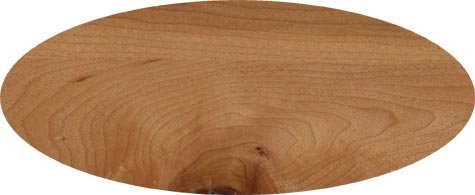 |
| Rustic Alder: Styled to showcase the unique attributes of Alder, Rustic Alder door and drawer fronts may feature a blend of colors and characteristics. |
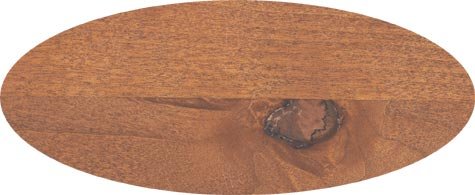 |
| Rustic Hickory: A wood species with extreme color differences in the same board, Rustic Hickory cabinetry will showcase the variety of irregular characteristics associated with tree growth. |
 |
| Rustic Pine: Relatively light, this soft wood has a fairly tight grain pattern with a relatively smooth surface. Mineral Streaks and water stains are common, and colors range from very white to yellow and reddish brown. |
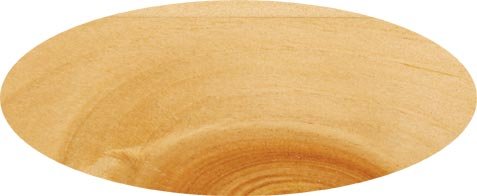 |
Wood components used in cabinets are a product of nature and include a variety of species with various densities, colors and grain patterns. Color variation within a wood species is influenced by a number of factors such as moisture and mineral content of the soil, exposure to sunlight and genetic makeup. Changes in climate, growth rate, soil conditions and damage are a few of the factors that contribute to grain pattern. The tree diameter and type of cut determines the growth ring size and orientation, which in turn affects the grain pattern and color. All of these variations combine to produce unique characteristics that provide the beauty and essence of natural wood. All woods change color over time. The amount of change varies depending upon the wood species, type of cut, exposure to natural light, and amount and color of stain pigment used. While color samples give a general idea of the appearance of a specific stain color and wood species combination, it is impossible to represent all of the grain patterns, wood and stain colors, and natural variations that will occur. Due to the color shifting on some monitors, the colors seen on your monitor may not be accurate. Please visit an Authorized Canyon Creek Distributor to view an actual wood sample before making a final species and color selection. |